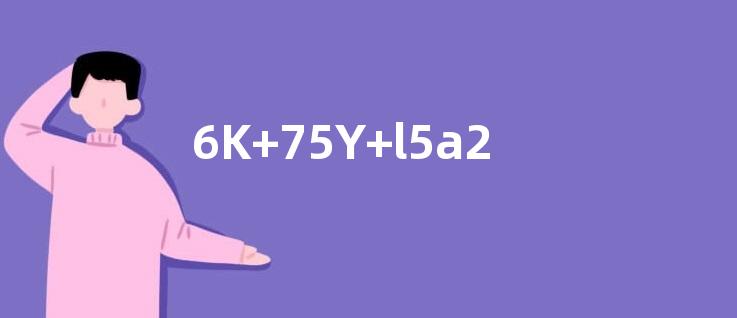读句子学语法:含进行意义的介词和含动词意义的介词

在学习英语语法时,理解介词短语的用法对于掌握语言的细微差别至关重要。介词短语不仅能够提供更多的语境信息,还能丰富句子的表达方式。尤其是在处理动词和介词搭配时,准确使用这些短语可以帮助我们更好地理解句子的含义并提升语言表达的准确性。
<例句>
They were at dinner when I called.
我打电话时他们正在吃饭。
<语法分析>
be+某些介词短语,在时态上相当于进行时,这些介词短语有be at sth.,be in sth.,be under sth.,be on sth.和be after sth.等。在与表示感情的形容词连用时,at可以代替“听”、“看”等动词。在与go,come和return等动词连用时,for可以代替后面表示“目的”的动词。for在与start,leave和set等词连用时,相当于汉语的“走”、“到”、“往”等意思。还有些介词短语可代替动词不定式短语,作定语。
<触类旁通>
(1)What are you at now?
你在干什么?
语法分析:be at sth.表示在干什么事情。
(2)Matter is always in motion.
事物时时刻刻在运动。
语法分析:be in sth.表示进行的事情。
(3)Chickens are on sale.
小鸡在出售。
语法分析:be+某些介词短语,在时态上相当于进行时。
(4)He was greatly surprised at the bad news.
他听到这个坏消息大吃一惊。
语法分析:在表示感情的形容词连用时,at可以代替“听”、“看”等动词。
(5)She is also invited to the hall.
她也被邀请参加这个舞会。
语法分析:to在与go,come,invite等动词连用时,可以代替“出席”、“参加”等动词。
(6)She has left Japan for America.
她已离开日本去往美国了。
语法分析:for在与start,leave和set等词连用时,相当于汉语的“走”、“到”“往”等意思。
<巩固练习>
(1)The students were very glad _____ the film.
(2)She has gone _____ a meeting.
(3)He came _____ his wallet.
(4)I am going out _____ dinner.
(5)She set traps _____ mice.
(6)I'll start _____ England at six early tomorrow morning.
(7)I am _____ the plan.
(8)My brother is _____ school.
(9)It's time _____ breakefast.
(10)She often writes _____ my pen.
(11)I go to work _____ bike.
<参考答案>
(1)at (2)to (3)for (4)for (5)for (6)for (7)for (8)at (9)for (10)with (11)by
相关文章
- 高频情景口语对话:换房续住
- 读句子学语法:含进行意义的介词和含动词意义的介词
- 高频情景口语对话:工作感受
- 读句子学语法:冠词在各类名词前的用法
- 汇总:高中英语必修1-选修8重点单词短语
- 考研英语作文重点词汇整理
- 实用英语口语:去超市购物
- 常见花卉种类及护理的英语词汇
- 翻译辨析:亮牙齿到底是怎样的笑?
- 翻译辨析:翻译不能想当然,一定要仔细再仔细
- 读句子学语法:过去分词的用法
- 高频情景口语对话:上下班
- 读句子学语法:现在进行时
- 高频情景口语对话:谈论工作
- 英语作文高分万能句式(开头+结尾+过渡+名言)
- 双语名言:500条常用英文谚语汇总!
- 英语中“因此,所以”的几种说法
- 与room搭配的英语动词有哪些?
- 翻译辨析:一种借比喻从反面说的用法
- 翻译辨析:rocking the boat 不能照字面译